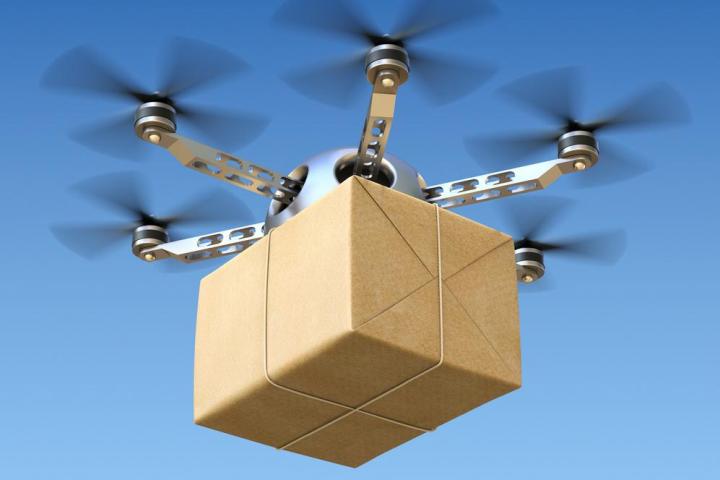
Project Wing – Alphabet’s drone initiative that’s been several years in development – has been given the go ahead to try out its technology at one of six specially designated drone test sites “to gain full operational experience of its delivery service in a safe testing environment,” the White House said in a fact sheet published Tuesday.
Importantly, the Project Wing team will also work on building beyond-line-of-sight capabilities for its drone, and help to develop a drone-focused air traffic control system using existing low-cost scalable communication and information technologies.
Up to now the Federal Aviation Administration (FAA) has been highly cautious with its regulations governing commercial drone flight and testing, insisting, for example, that any unmanned aerial vehicle (UAV) always stay in the line of sight of the operator – not much good for a delivery service covering areas far beyond the launch hub.
But aware that in the next decade the commercial drone industry has the potential to generate more than $82 billion for the U.S. economy, with up to 100,000 jobs created as a direct result by 2025, the government now appears keener than ever to compete in the sector globally and discourage other major American companies – Amazon among them – from taking their drone research overseas.
Alphabet’s work will form part of a new five-year $35 million initiative by the U.S. National Science Foundation to accelerate unmanned flight research and development.
The White House said that data gathered from the Mountain View company’s research will be used to help regulators answer “critical safety and human factors questions for UAV cargo delivery operations.”
While it’s true that Alphabet has for some time been able to skirt some restrictions and test its technology over private land after striking a deal with NASA, this latest government initiative looks set to bring a new level of openness and co-operation to proceedings.
Project Wing first came to our attention two years ago when Google posted footage of a remotely controlled flying machine that was part copter and part plane. However, frustrated with the project’s direction and progress, the team returned to the workshop to completely redesign its UAV.
As well as delivering goods to customers – possibly as part of Google’s existing Express service – the company also wants to use the technology to carry vital supplies to people stranded in areas hit by disasters. In November 2015 it said a drone-based service of some sort could launch as early as next year, though it’s not clear if this remains a possibility.


